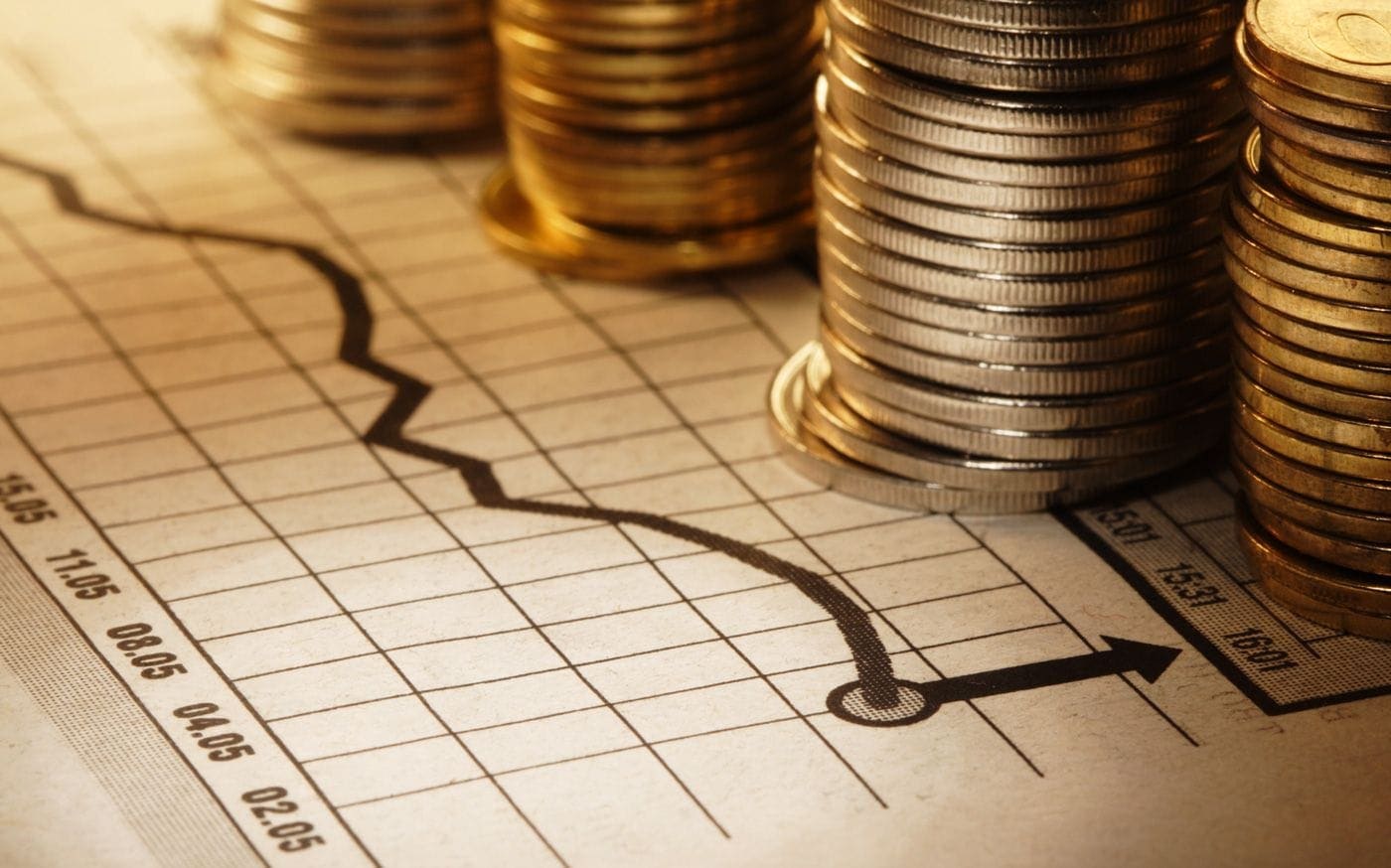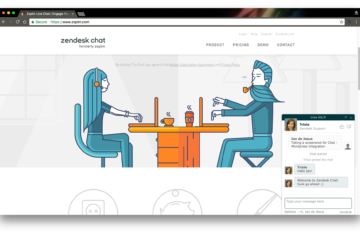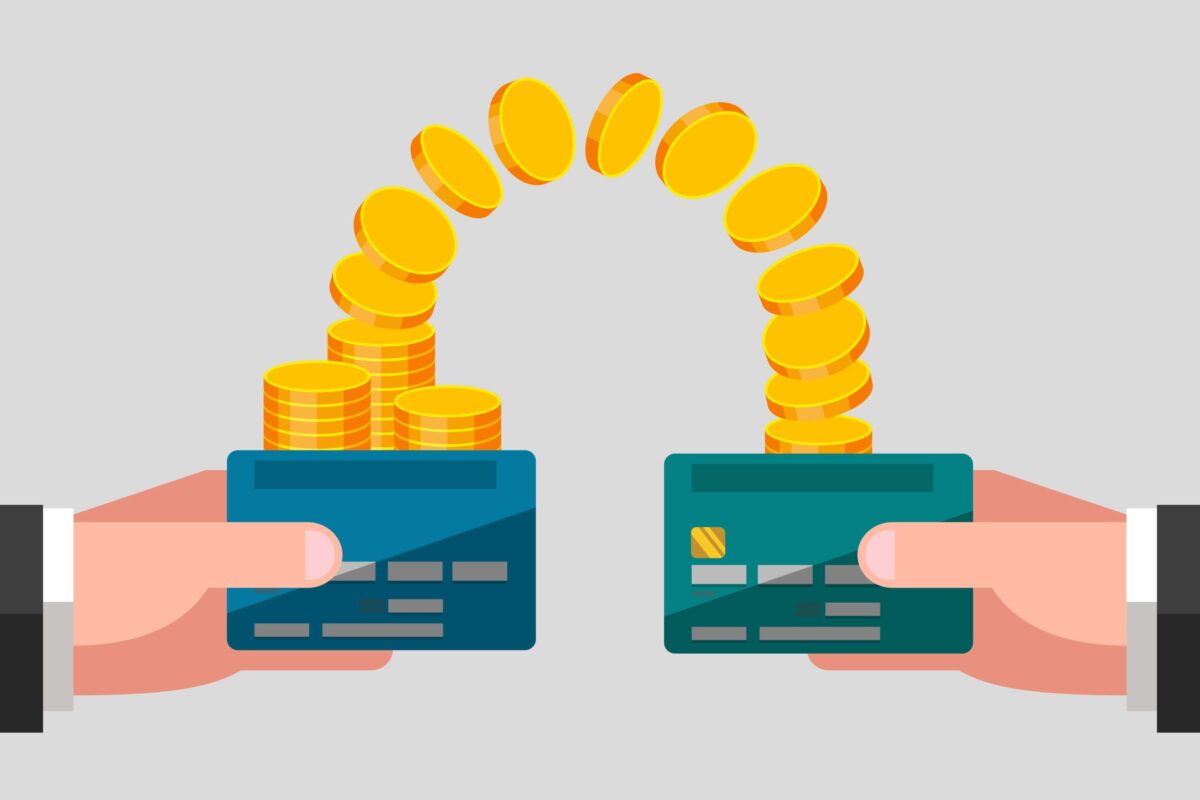What is meant by the concept of inflation?
The concept of “inflation” refers to the general decline in the purchasing power of a specific currency during a specific period of time. It indicates that the purchasing currency is buying less than it was previously, and inflation aims to measure the overall impact of price changes on a wide range of products and services over a period of time, so when inflation occurs, individuals will buy fewer products, which means less spending, and thus this will affect the general cost of living for the general public, which ultimately leads to a slowdown in economic growth.
What are the theories of inflation?
Some economists developed theories of inflation that were linked to monetary causes and suggested monetary measures to control it. Others concluded that an unbalanced economy is the cause of inflation, and accordingly, they used financial and monetary measures together to find solutions to similar economic problems. In what follows, the most prominent of these theories will be clarified, along with what is stated in each of them:
First: the theory of market power
This theory is based on the idea that a seller or more than one seller agrees to set a new price that differs from the customary competitive price to call this price the market power price, and thus these groups or individuals maintain the prices at which maximum profit can be achieved without worrying about power. Purchasing for consumers, this theory is linked to the concept of oligopoly, so that parties that use oligopolistic methods can increase prices without having to wait for a rise in the level of demand, and this rise occurs, that is, in prices due to an increase in wages, while this increase in wages is compensated by an increase in product prices, and it was discovered through this theory that it is not possible to apply financial and economic policies to iHowever, both raising the interest rate and regulating the flow of credit may be appropriate solutions for reducing economic inflation rates.
Second: the theory of inflationary demand and traditional attraction
Based on this theory, some economists see that inflation exists even in the absence of increased demand for products and services, or, to use another term, in the case of excess demand, but some analysts link the increase in the rate of demand directly with the increase in inflation; in the case of increased demand, inflation results. It is inevitable, which leads to forcing the economy to employ its maximum production capacity; accordingly, it is difficult to increase the volume of supply, but the demand rate will continue to increase rapidly, which in turn leads to an imbalance between supply and demand and thus an increase in inflation rates.
Third: Structural theories of inflation
Some economists consider market power to be one of the factors that cause inflation, but it is not the only one. Supporters of structural theories consider that the cause of inflation is structural misalignment in governments or responsible agencies, in addition to some negative features in business environments. To clarify this further, the theories Structuralism is divided into two sub-theories, which will be explained further below:
Coding theory
This theory is based on the fact that inflation occurs due to either an increase in demand for products or an increase in wage rates, so both monetary and fiscal policies must be used to control this inflation.
Bottleneck theory
This theory indicates that the direct relationship between wages and product prices is the cause of inflation; in other words, when inflation occurs, there will be a simultaneous increase in wages and product prices. The prices of some commodities in some industries are higher compared to other commodities in other industries, so these industries are called bottleneck industries. It should be noted that the concentration of demand in these industries will contribute to the occurrence of economic inflation.

What are the causes of inflation?
Inflation directly affects the economies of countries, which makes the need to study its causes and work on them very necessary. Here is an explanation of the most prominent reasons that lead to inflation in countries around the world:
Inflationary demand and attraction
Demand contributes to the occurrence of inflation, so that inflation occurs when the demand for certain goods or services exceeds the productive capacity of the country’s governments or businesses, causing them to be unable to meet the needs of this volume of demand.Therefore, when demand exceeds the volume of supply, this puts upward pressure on the prices, which will push commodity prices to rise, which will lead to a decrease in the percentage of public spending for individuals, eventually causing economic inflation.
Cost-push inflation
The concept of “cost-push inflation” refers to the rise in prices due to the high cost of wages for production, workers, and materials in which products are manufactured, and these costs are often passed on to the final consumer to pay them instead of the producers, which in turn constitutes an obstacle for individuals to acquire and meet their needs, which is due We come to the same point, which indicates that they may reduce spending in specific areas to meet basic needs only because they are unable to meet all their requirements.
Increase the money supply
This concept refers to the total amount of money circulating in the private markets of the country, and this includes:
* Criticism.
* Coins.
* Balances.
* Bank accounts, etc.
As the money supply increases faster than the production rates carried out by the state’s products, this may lead tothe occurrence of inflation. Because of the availability of a lot of cash in the country, this will be reflected in the wage rates of the employees, which will lead to an increase in their ability to spend, which is a major driver for the inflation of the volume of demand, given the presence of liquidity to purchase products with limited domestic production in the same period.
Currency devaluation
The concept of devaluation refers to decreasing the value of the currency in a downward manner in the exchange rate of a country, which leads to a decrease in the value of the currency of that country, as the devaluation of the currency leads to a reduction in the cost of the country’s exports, which will work to encourage foreign countries to import products because of their reduced value and will encourage Also, the residents of the country itself have to buy more quantities of local products than foreign ones because of the reduced value, so this matter may be somewhat feasible; however, it will affect the increase in the chance of inflation related to the volume of demand for a specific type of product.
Rising wages
The matter seems mixed with regard to the rise in wages, as wages are linked to productivity until wages are described as the cost of production. Some economists believe that wage increases will cause inflation due to the high cost to businesses, while others believe that wage increases in all sectors will cause inflation.It will lead to an increase in demand sufficient to compensate for any rise in prices that may accompany it, especially if wages rise at the same rate as or faster than inflation.
What are the effects of inflation?
Inflation has many effects on many levels, some of which can be identified through the following:
- Weakening the purchasing power of the currency due to rising prices throughout the economy.
- Encouraging spending and investment: Because of the fear of running out of something, many consumers will buy in large quantities.
- A sequential increase in the volume of inflation is due to an increase in the desire to spend and invest.
- Reducing economic growth: due to the succession of economic problems in the form of results that cause economic inflation

How can governments reduce inflation rates?
There are many ways through which inflation can be controlled, but some of these methods may have negative effects that harm the country’s economy. For example, controlling inflation through controlling wages and prices can cause economic stagnation and the loss of a large number of jobs. Examples of ways to control economic inflation are the following:
Use contractionary monetary policy.
As a result, it is one of the most common methods of controlling inflation by reducing the money supply within the economy by raising interest rates and lowering bond prices, resulting in less money to spend, thereby halting economic growth and lowering the chances of inflation or its rates.
Increase backup requirements
This is represented by an increase in the reserve requirements for funds that banks have to keep to cover withdrawals, as the smaller the percentage of funds available to banks, the less they lend to consumers or customers, which forces them to borrow less and thus leads to less spending.
Reducing the money supply
This method involves imposing encouraging policies to reduce the money supply. An example of this is what will be shown in the following:
* Claim debts owed to the government.
* Increased interest paid on bonds.
These two policies will divert money from the hands of corporations and individuals and place it in the hands of the government.
What is the difference between inflation and deflation?
Inflation is often compared to deflation, which occurs when the purchasing power of the currency increases due to lower prices. In another way, it appears as an inverse concept of inflation, given that human needs for a comfortable living environment require a variety of different products and services. Therefore, it is difficult for individuals to bypass or accept changes that occur in the prices of products over time, but individuals may be able to accept a change in the price of one or two commodities, for example.
Read also: Inflation : What You NEED TO KNOW!!



